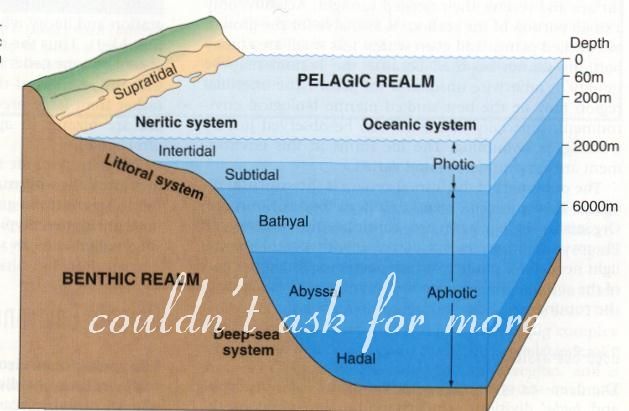Ocean Floor Processes

It is the part of the oceanic carbon cycle responsible for the cycling of organic matter formed mainly by phytoplankton during photosynthesis soft tissue pump as well as the cycling of calcium carbonate caco 3 formed into.
Ocean floor processes. The biological pump in its simplest form is the ocean s biologically driven sequestration of carbon from the atmosphere to the ocean interior and seafloor sediments. Subduction and sea floor spreading are processes that could alter the size and form of the ocean. Rivers contribute a lot of sediment to the earth s oceans through deltas. Due to this continuous seafloor spreading occurs and makes atlantic ocean floor to be connected to other continental crust making the ocean gets wider over the time.
Exploration of the seafloor and the earth s crust. Nearly 80 of the ocean floor has been accurately mapped using sonar from ships. Mountains plains channels canyons exposed rocks and sediment covered areas. Bathymetry the shape of the ocean floor is largely a result of a process called plate tectonics the outer rocky layer of the earth includes about a dozen large sections called tectonic plates that are arranged like a spherical jig saw puzzle floating on top of the earth s hot flowing mantle.
Other articles where ocean floor is discussed. Today s technology has allowed us to learn more about the seafloor including both its. The ocean floor as reactor the reactive ocean floor influences ocean chemistry modulates global climate and supplies biological communities at and within the ocean floor. Multibeam surveys from ships produce very detailed maps of the sea floor.
For instance the atlantic ocean is believed to be expanding because of its few trenches. The ocean floor has the same general character as the land areas of the world. We know very little about the vast expanse of our oceans. Though people have traveled on the ocean for millennia people have explored only a tiny fraction of the ocean floor.
Only about 20 of the sea floor has been accurately mapped in detail. Plate tectonics and the ocean floor. However small sediment silt and clay sized particles can travel through the ocean and be deposited in the abyssal plain. Geological oceanographers and marine geologists explore the ocean floor and the processes that form its mountains canyons and valleys.
The magnetism of mid ocean ridges helped scientists first identify the process of seafloor spreading in the early 20th century. Much of the larger sediment requires more energy to move and usually doesn t travel as far. Satellites can be used to determine the structure and composition of the sea floor. Basalt the once molten rock that makes up most new oceanic crust is a fairly magnetic substance and scientists began using magnetometers to measure the magnetism of the ocean floor in the 1950s what they discovered was that the magnetism of the ocean floor around.
Through sampling they look at millions of years of history of sea floor spreading plate tectonics and oceanic circulation and climates. The ocean floor receives matter chemical energy and information resulting from processes in the water column which are a key control of atmospheric co 2 concentration.


















